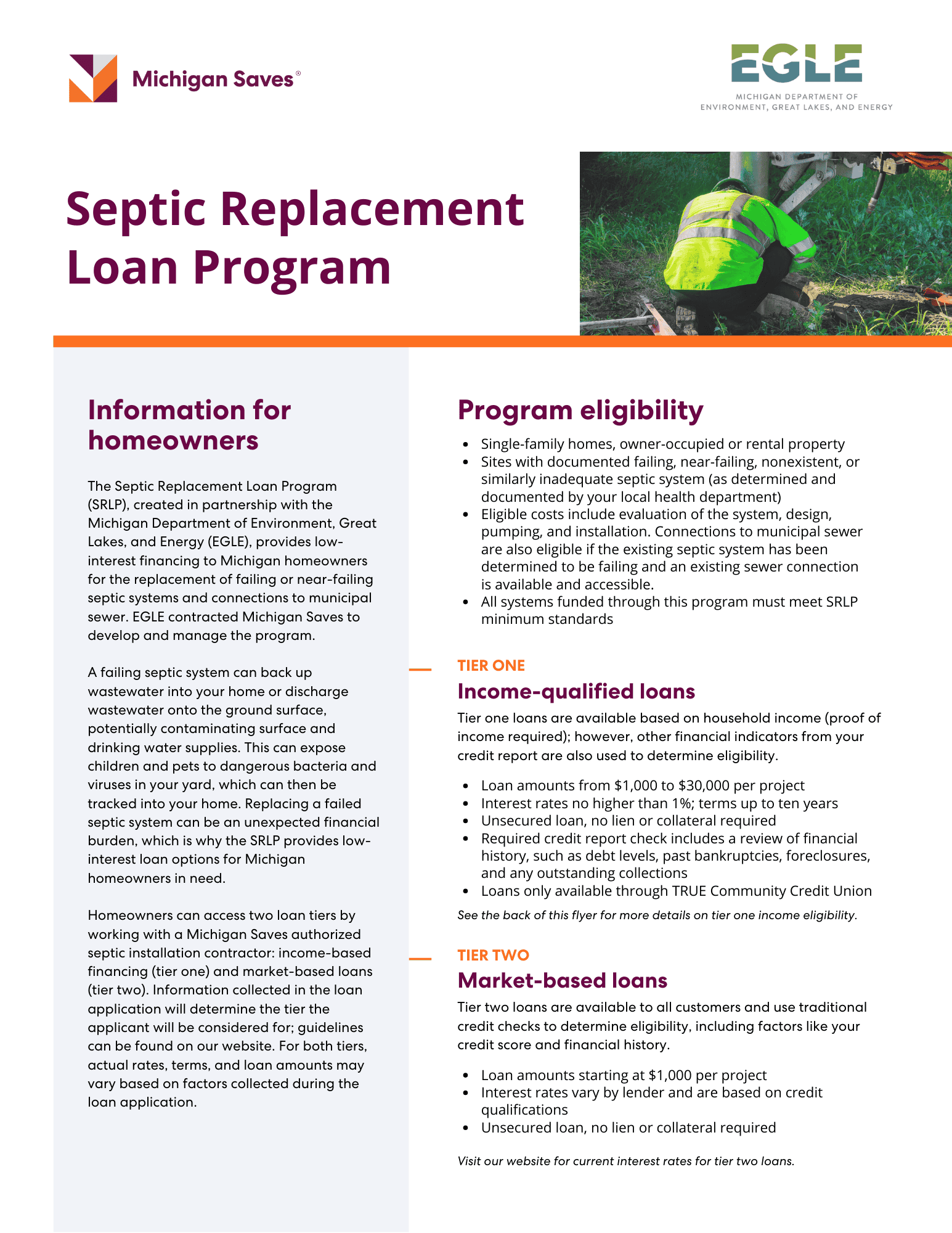
A straightforward approach means more money for nonprofits choosing to go green
Imagine finding out your neighbor has a special aftermarket auto part that improves fuel efficiency and comes with a valuable rebate. Between the rebate money and savings at the pump, this neighbor has enough money to get new tires and purchase a second car for long road trips.
Of course, you are interested in getting the same part. You go to the same auto parts store. At the counter, however, the attendant tells you your car is different. You can’t purchase the part directly; instead, you have to rent it from a dealership, and you will only get a portion of the benefits.
Since the early 2000s, for-profit companies have been the lucky neighbor, encouraged to purchase and own clean-energy projects and experience both energy cost savings and federal tax incentives. Because they owned the projects, they had sole access to the financial benefits and could reinvest their savings however they saw fit.
Until recently, nonprofit and governmental entities were told a different story. Because no system was in place to turn tax credits into direct payments for tax-exempt organizations, they had to find work-arounds that involved outside parties and shared savings.
It’s complicated: the relationship between nonprofits and clean energy incentives
In real life, what did these clean energy incentive work-arounds look like? Let’s say your nonprofit wanted to install a solar array on the large, south-facing rooftop of its building.
Prior to the Inflation Reduction Act, if you were a for-profit company doing this same project, you would own the solar panels on your company’s roof, receive the energy savings directly, and be eligible to apply for a tax credit equal to potentially 30% of the cost of your project.
For a nonprofit, however, the process was more complex. To benefit from the federal tax incentives, nonprofits could not own the system directly. Instead, they needed to find a for-profit solar company willing to offer a power purchase agreement. These PPAs allowed the nonprofits to purchase electricity from the solar company that could then monetize the tax incentives directly or through tax equity investors. These additional steps added additional costs, and the nonprofit only received a portion of the tax benefits.
Although many organizations pursued roundabout ways like this to access funding, the resourcefulness needed to navigate the system was a huge barrier to nonprofits interested in turning to low or no-carbon solutions.
A new kind of clean energy incentive
Recognizing the need to even the playing field to ensure disadvantaged communities are not left behind from the benefits and financial incentives of clean-energy projects, the federal government established a new “direct pay” or “elective pay” program.
As part of the IRA, direct pay is a novel approach to tax credits that enables more nonprofits, government entities, religious organizations and tribal nations to save money and create cleaner, healthier communities along the way.
Like other federal clean energy investments, much of the investment portion of the IRA is delivered via tax credits. Direct pay follows the same format but allows tax-exempt and governmental entities to receive a payment equal to the full value of tax credits for qualifying clean energy projects.
Now that nonprofit entities can own their projects and receive tax-free cash payments equal to a minimum (if less than 1 MW) of 30% of the project’s costs, they are free to reinvest the money toward projects that meet their mission or other carbon reduction projects.
Examples of possible projects include a house of worship installing rooftop solar to offset the cost of the building, a municipality installing enough solar panels to fully power the most energy-consuming wastewater treatment plant or a tribe installing a renewable energy wind project. Each of these projects would receive 30% of the installation costs back through direct pay, or even more if they are eligible for bonus credits.
Bridging the final financing gap with Michigan Saves
The announcement of the direct pay program in 2022 was exciting. As the nation’s first nonprofit green bank, Michigan Saves believes everyone should have access to the benefits of clean energy. But clean energy projects and improvements cost money to install and initiate. We knew there was a missing piece to the puzzle.
How would these organizations afford to purchase the solar array, electric fleet vehicles or geothermal system if they only received the refund after the project was complete?
Was there more that could be done up front to help these organizations fund their projects from the beginning to ensure that nonprofit entities were able to use the full power of the IRA’s direct pay program?
Seeing this remaining challenge that nonprofits and municipalities could face when adopting clean energy, Michigan Saves created the Bridge Financing program to address the obstacle of up-front project costs. Learn more about Bridge Financing and how it’s supporting a more equitable transition to a carbon-free Michigan in our next blog.




